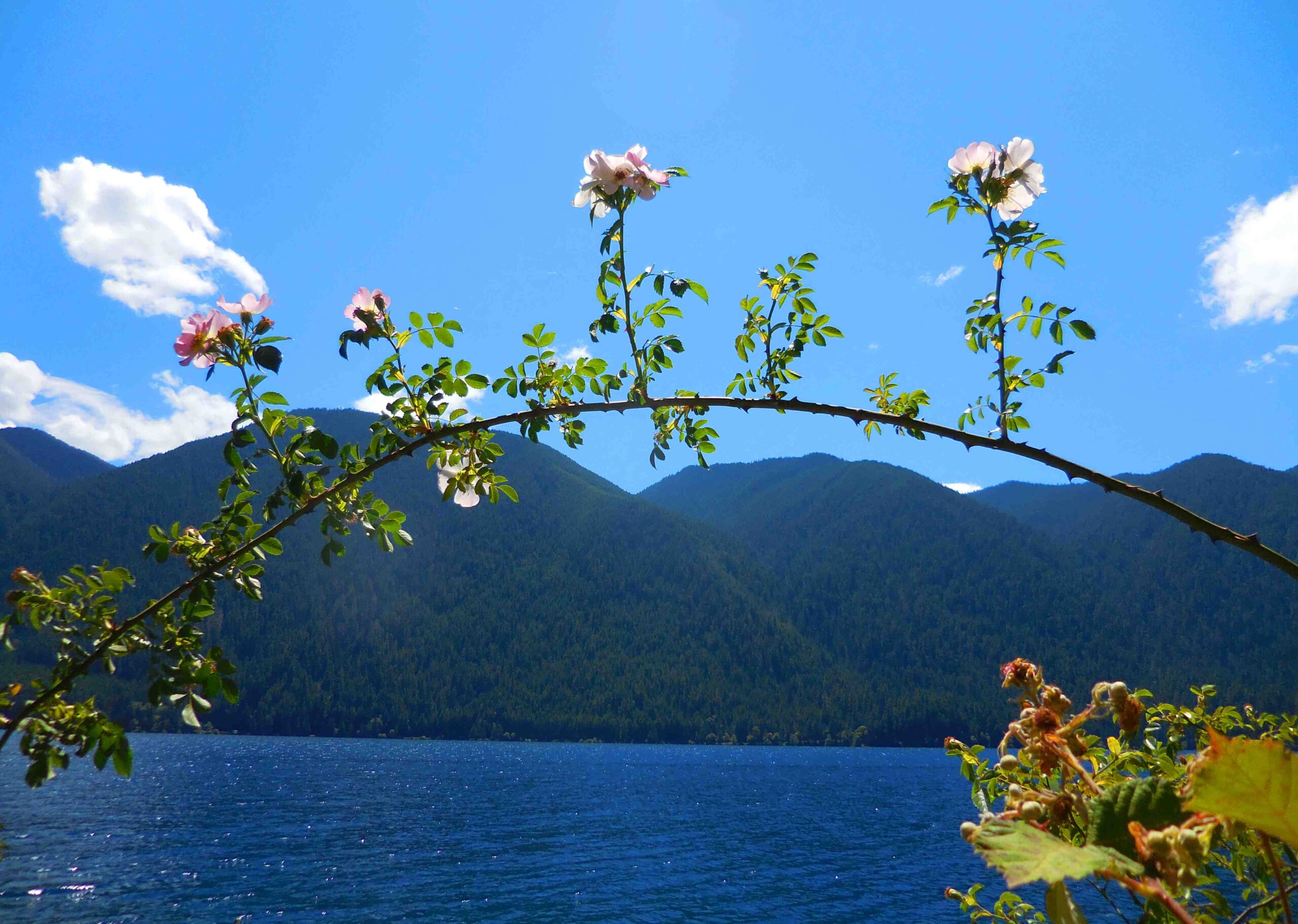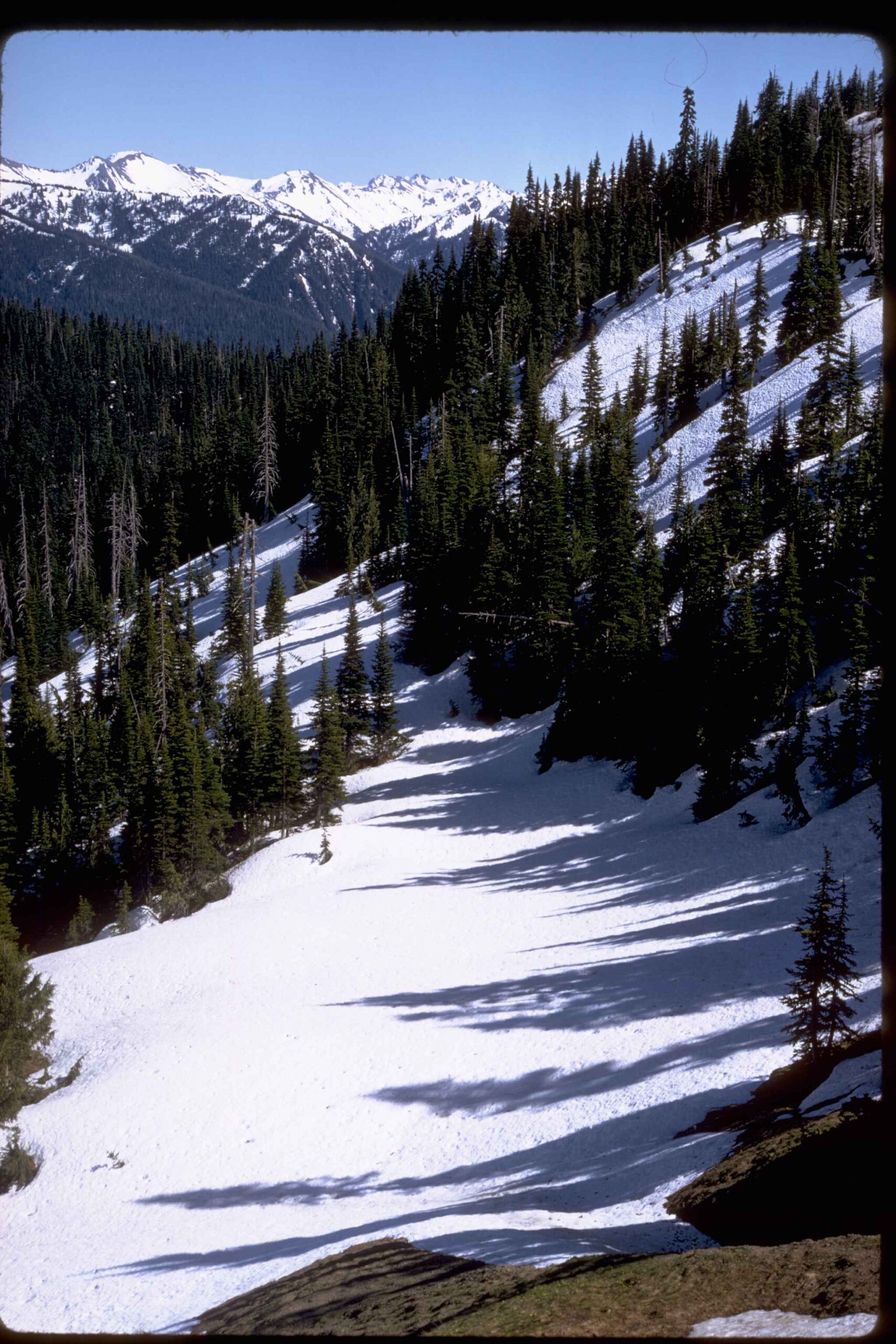Recent storms have caused significant damage to Olympic National Park, particularly in the western areas. The Quinault, Queets, and Hoh River Valleys experienced heavy rainfall, exceeding 52 inches in November. This led to extensive damage including washed-out roads, landslides, and severed utilities. The park is currently implementing recovery efforts and safety measures for visitors. This article provides a comprehensive overview of the storm damage, its impacts, and the ongoing recovery process.
What Areas of Olympic National Park Were Most Affected by the Storm?

The western regions of Olympic National Park bore the brunt of the storm’s fury:
- Quinault Valley
- Queets Valley
- Hoh River Valley
These areas experienced unprecedented rainfall, with November totals surpassing 52 inches. The deluge resulted in:
- Extensive road damage
- Numerous landslides
- Disruption of utility services
One notable incident occurred at Lake Crescent, where over 3000 cubic yards of rock slid onto Highway 101, forcing its closure. Additionally, key facilities suffered significant damage:
- Hurricane Ridge roof
- Hoh’s water and electric systems
How Has the Storm Damage Impacted Park Access?

The storm’s aftermath has led to several road closures and access restrictions:
| Road | Status | Reason |
|---|---|---|
| Highway 101 at Lake Crescent | Reopened, ongoing repairs | Rockslide |
| Elwha/Olympic Hot Springs Road | Closed to vehicles | Road washout |
| Hurricane Hill Road | Closed | Downed trees |
| Obstruction Point Road | Closed for the season | Weather conditions |
| Mora Area | Subject to closure | Hazardous weather |
Visitors should note:
- Elwha/Olympic Hot Springs Road remains open to pedestrians, stock, bicyclists, and leashed pets.
- Closure durations vary, with some roads closed until further notice.
- It’s crucial to check current road and weather conditions before planning a trip.
What Recovery Efforts Are Underway?
Olympic National Park is actively working to restore damaged areas:
- Personnel Involvement:
- Park staff
- State crews
-
Potentially other agencies
-
Equipment Deployment:
- Heavy machinery for clearing rockslides
-
Specialized tools for road repairs
-
Restoration Timelines:
- Specific timelines not provided
-
Closed areas will remain so until deemed safe
-
Funding Sources:
- Likely a combination of park funds, state resources, and possible federal assistance
The recovery process is ongoing, with efforts focused on ensuring visitor safety and restoring park infrastructure.
What Safety Measures Should Visitors Be Aware Of?
In light of the storm damage, Olympic National Park has implemented several safety measures:
- Updated Guidelines:
- Check current road and weather conditions before visiting
-
Tire chains required for Hurricane Ridge Road (November 1st to April 1st)
-
Available Amenities:
- Limited due to damage
-
Some facilities, like toilets at trailheads, remain accessible
-
Emergency Contact Information:
- Road & Weather line: 360-565-3131
-
Wilderness Information Center: OLYM_WIC@nps.gov or (360) 565-3100 (option 4)
-
Specific Restrictions:
- No overnight camping in Hurricane Ridge parking lots
- Pack out all trash
- Be cautious of hazardous weather conditions
Visitors are strongly advised to stay informed about current conditions and adhere to all safety guidelines provided by park authorities.
How Can Visitors Stay Informed About Park Conditions?
To stay updated on Olympic National Park’s conditions:
- Check the official park website regularly
- Call the Road & Weather line at 360-565-3131
- Contact the Wilderness Information Center for specific inquiries
- Follow Olympic National Park’s social media accounts for real-time updates
By staying informed, visitors can ensure a safe and enjoyable experience while supporting the park’s recovery efforts.
What Long-Term Impacts Might the Storm Damage Have on Olympic National Park?
While the full extent of long-term impacts is yet to be determined, potential consequences include:
- Altered landscapes due to landslides and erosion
- Changes in wildlife habitats and migration patterns
- Potential shifts in vegetation due to flooding and soil changes
- Increased vulnerability to future weather events
Park officials and scientists will continue to monitor and assess these impacts as recovery efforts progress.
How Can Visitors Support Olympic National Park’s Recovery?
Visitors can contribute to the park’s recovery in several ways:
- Respect closures and safety guidelines
- Practice Leave No Trace principles
- Consider volunteering for cleanup efforts when available
- Make donations to support park restoration projects
- Share accurate information about park conditions with fellow travelers
By working together, visitors and park staff can help Olympic National Park recover from this significant storm damage and preserve its natural beauty for future generations.
References:
1. NPS Incident Reports – Olympic National Park
2. Alerts & Conditions – Olympic National Park
3. Alerts & Conditions – Olympic National Park

